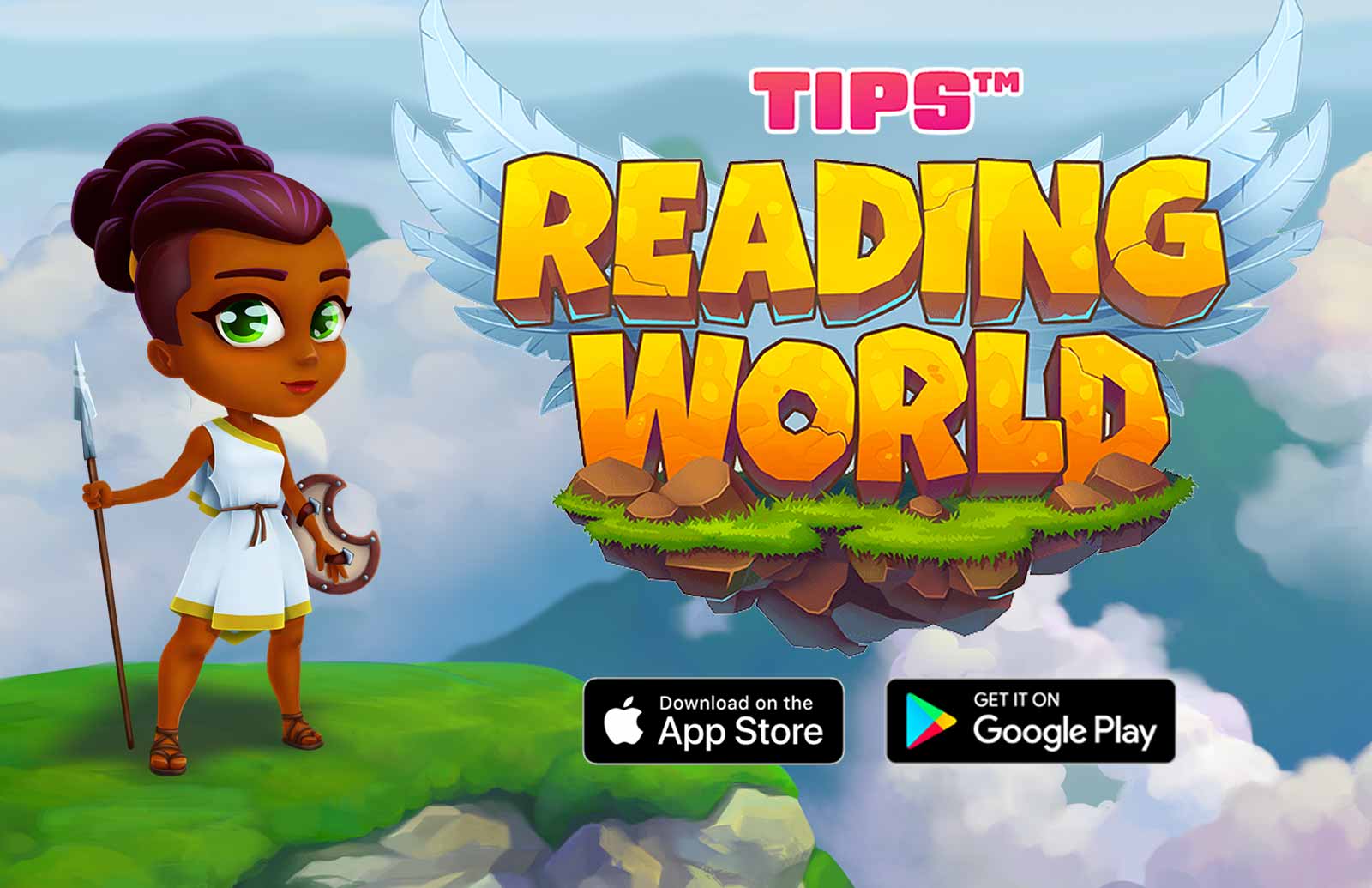It’s easy for a child to fall victim to distractions: from Elmo to Blaze to Chase to the DC Super Hero Girls to just about anything any older sibling is doing. Ever. While how you teach reading is critical, helping find focus in a crowded, busy day is essential. In this post, we will outline 6 things you can try.
While there’s still no concrete proof that our attention spans are shortening, there’s no denying that there is an overabundance of diversions in our daily lives. It's hard enough for a grown up, but for kids that situation is even more challenging.
So, taking a brief detour from our usual discussion on how best to teach your child to read, today we're going to focus on how to keep your child at their best, physically and mentally, to get the most out of every lesson.
6 Ways to Reduce Study Distractions and Help Your Child Focus
You may not always have the luxury of being in a specialized environment like the classroom, but luckily, there are things you can do to prevent your child from getting distracted. From setting a schedule to utilizing fun applications, let’s discuss six simple things you can do to help your child stay focused.
Set a Time for Study and a Time for Play
Watch your children carefully to see when they are naturally most focused. Everyone has a golden hour or two during the day. Your job is to find it, and then to best organize your child's world in a way that works with that schedule.
Most kids do best on activities requiring focus after they have 1) run around and 2) eaten a snack. So don't just think about planning "work time", try to think holistically about a day or an afternoon and set your child up for success.
Whatever you decide, write it on the wall and STICK TO IT! Sticking to a schedule will put your children them in a rhythm that will make it easier for them to focus on their goals for the day and create a comforting sense of routine.
Dedicate a Space for Learning
Your child’s bedroom is a haven for recreation and relaxation. It’s their primary area of play and a zero-stress place for them to decompress. Adding studying (which can be hard work!) to the mix in this room can be counterproductive. Toys in the distance may distract them from studying and reading beside the soft bed can make them crave a solid nap.
Always remember that spaces shape behavior. If you want your kid to stay focused and in the mood to learn, then you should designate a space for them to learn.
In Covid times, your "home office" has likely gotten a pretty nice upgrade. In our home, this is now the reading room, a.k.a. Daddy's Office. It is a special treat, since this room is typically off limits. The room is organized, neat, and designed for doing work. There are no toys and you can't hear a TV. Not a bad place to practice your ABCs!
Games Can Be Good
While there is absolutely no substitute for great teachers and the close eye of a parent, educational games are a fantastic way to create variety and inject a little extra fun into the learning experience.
Gamifying the learning experience teaches your child to stay attentive to the task at hand while helping them build the right foundation for knowledge. If you’re looking for games to try, we’ve got you covered: TIPS™ Reading World is a free (for Level 1-3) app that makes learning to read less like a chore and more like a puzzle that you and your child can solve together.

Of course, we highly recommend Reading World to practice early literacy, but there are a plethora of great games out there to choose from.
The key with games and learning is to not rely too heavily on the digital tools, but to incorporate gaming as part of a blending learning environment which includes several different types of activities.
For example, let's say you have a goal of 20 minutes of reading practice a day for your Pre-K. Breaking it up into 10 minutes of flash cards and 10 minutes of Reading World will be a lot easier for your child than 20 minutes straight of either activity.
Take Breaks Regularly
Just like any other person, your child needs a breather. Our rule of thumb we use is learning can only be done in Age * 2 increments, so a typical 4 year old can handle 8 minutes of directed learning at a time, which should be followed by some kind of more interactive or fun activity.
While this varies for every child, it is something to keep very top of mind. That kettle can come to a boil quick and get super, duper loud. Even worse, every time you and your child get derailed in a lesson it sets you back more than just that session, making it harder to get started and focused the next time.
So give your kid a break!!! Remember that learning should be exciting and fun, not hard and tear-inducing. If it is, take a step back, let your kids go play for a few, and think about how to reframe the work to make it more enjoyable.
On these breaks, set a clock timer on your phone. Kids often rebel when you impose a "five minute" rule, but when the “rule” comes from the phone, children are more likely to listen (at least ours are). This will keep them in a learning mood and help them stay focused.
Remember the Basics: A Good Night's Sleep
Kids need sleep. So much sleep. Think back to how much you slept before you had kids. Take a minute to cherish that memory...
And then remember your little kids need even more! 10-12 hours a day.
In one survey (albeit by a mattress company deeply invested in the matter), grades were highly dependent on hours of sleep, with those who averaged 8.1 hours a night scoring As, while those with 7.3 hours a night scoring mostly Cs. That's a huge impact for a 45 minute difference in total sleep. But it's not surprising.
Remember the Basics: Watch What Your Child Eats
We know, this is also pretty basic. But your kids really are what they eat. Apart from playing a big role in your child’s physical development, the food they consume can also have an impact on their energy, mood, and cognition.
Processed foods such as cookies, crackers, and cereals metabolize quickly, so if these snacks are a regular part of their diet, you may notice their memory, attention span, and overall performance quickly decline throughout the day.
To make sure that your child’s performance stays steady, have them eat food that metabolizes slowly and have enough calories to keep them going. Remember, your Keto Diet isn't needed to keep your child healthy, but keeping things "real" and not processed makes a lot of sense! Here are some great options:
- Complex Carbs (think bagels and whole wheat bread)
- Meat (think fish, not fish sticks)
- Greens (possibly shredded and hidden under the cheese of pizza)
- Nuts (possibly with little bits of chocolate and raisins mixed in)
- Fruits (even dried)
At the same time, add foods rich in omega-3 to your kids’ diet. Omega-3 fatty acids play a key role in children’s brain development, but the body cannot produce it on its own. Eating fish, soybeans, and walnuts will give them their daily dose of omega-3, so keep these items on your grocery list.
Listen and Learn from Your Child
Every single child is different. It's what makes the world so wonderful. So, starting today, spend a first week of lessons like a scientist, trying new things and figuring out what works best.
Just like how you have your work style, your child has studying preferences, as well. Your first job is to figure out what these are!
Instead of going by the book, capitalize on what works for them. More than anything, young children need to know you care and understand them. So watch carefully.
Help your child improve focus by listening to what they need, which has the added benefit of deepening your relationship and paving the way for many happy memories. Good luck!


